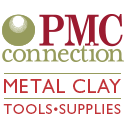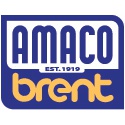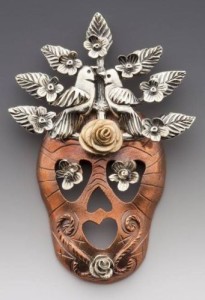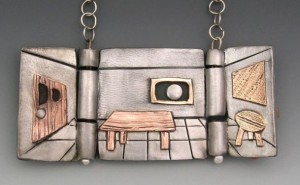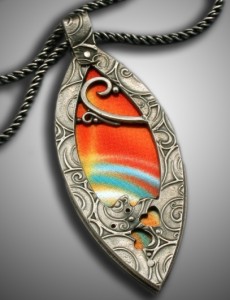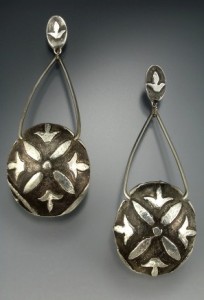Literally speaking, metal clay is just what it sounds like. It is clay – a combination of tiny particles of metal, organic binder, and water. Before firing, metal clays are soft and can be manipulated like any other clay. The amazing part is what metal clays become when they are fired – solid metal.
Available in precious metals (silver, silver alloys, and gold) and base metals (several varieties of copper, bronze, and steel), metal clays are used in a variety of art forms, most commonly jewelry. Metal clays were developed in the early 1990’s and were initially available only in fine silver and gold. Since then, the world of metal clay has blossomed to include a tremendous variety of techniques, styles, and clays.
The secret to metal clay is a process called “sintering.” When metal clay is fired, the water and organic binders in the clay burn away. The remaining metal particles are heated to a temperature below the melting point and they fuse together, creating one solid piece.
Two properties of metal clay make it the perfect art medium for those who like to try new things. First, metal clay has a unique ability to hold fine textures – even textures as tiny and subtle as fingerprints. The opportunities to explore with textures found in everyday life are endless. Second, most people have had some experience manipulating wet clay of some sort.
Add the relatively low cost of getting started in metal clay and you have the perfect medium for making beautiful jewelry and art pieces in any home or studio. Metal clay doesn’t require the physical strength, expensive tools, or large workspaces that traditional metal working involves. As an added bonus, most metal clays contain recycled metals.
Metal clays can be used alone or in combination with other materials to create everything from simple jewelry to complex decorative pieces that utilize movement. Artists often set precious stones in metal clay, and frequently combine it with polymer clays, enamels, glass, ceramics, found objects, textiles, wire-working, beading, and faux bone – even materials as diverse as cement and recycled CD’s.


